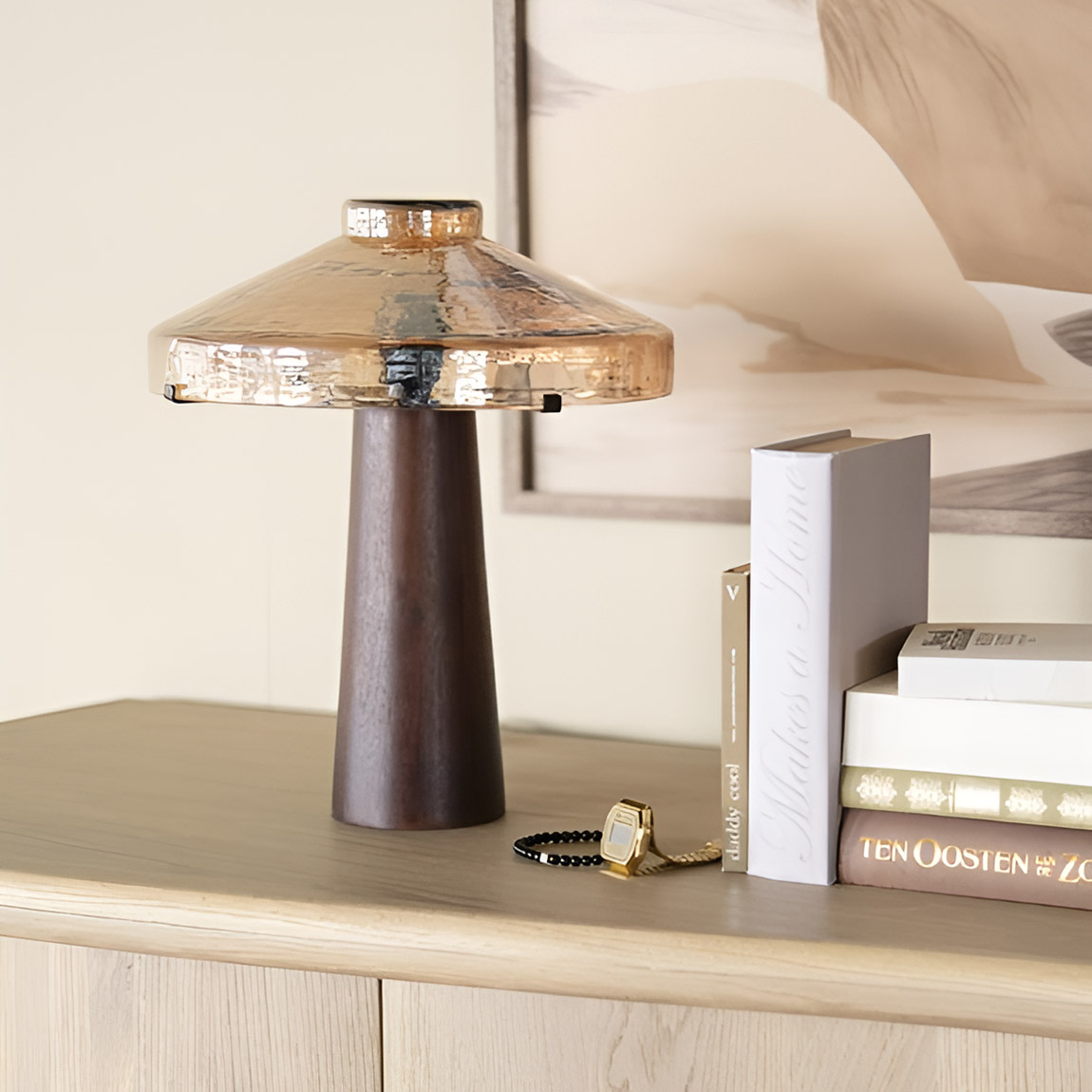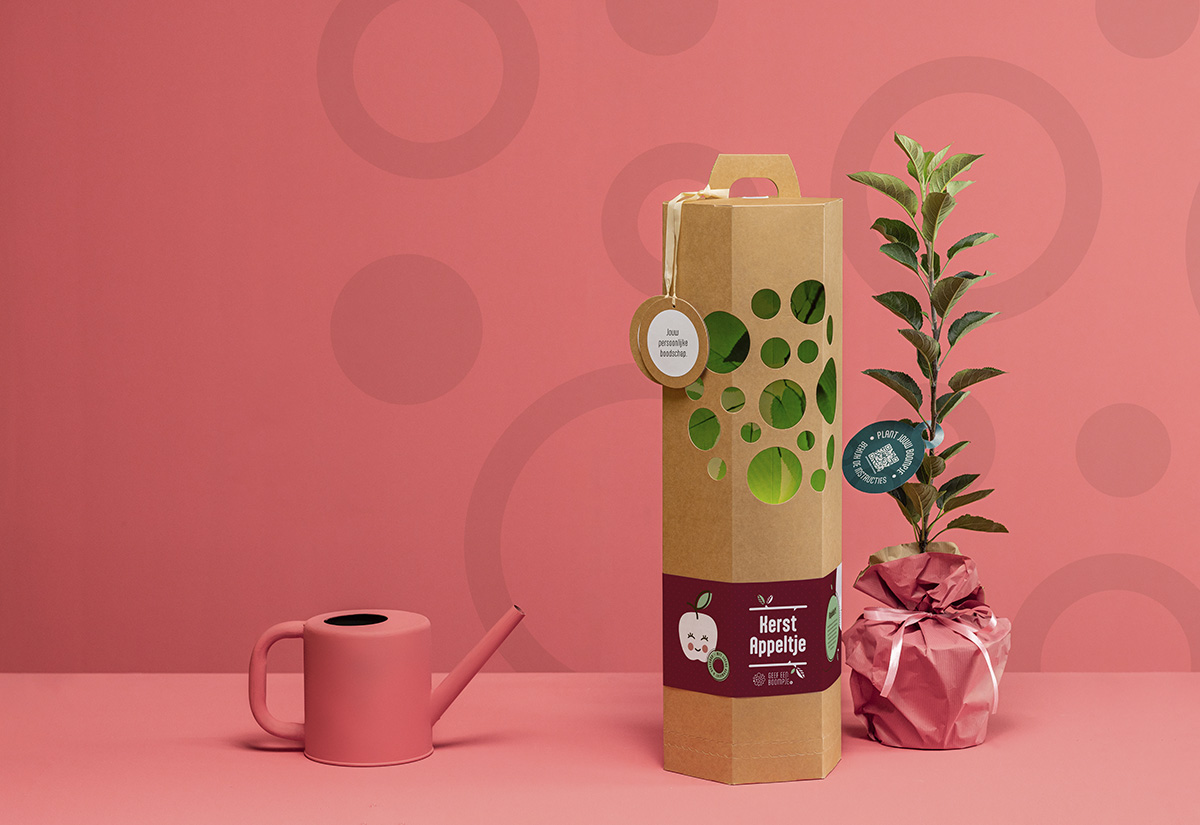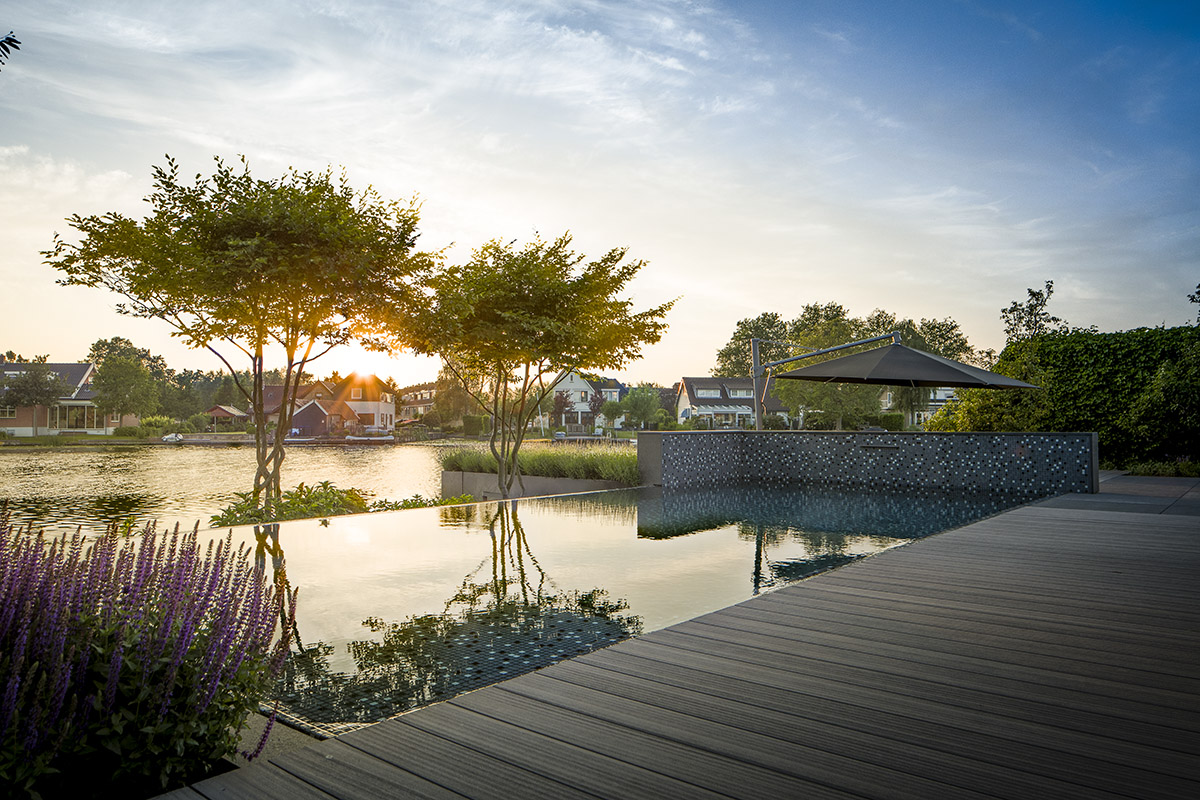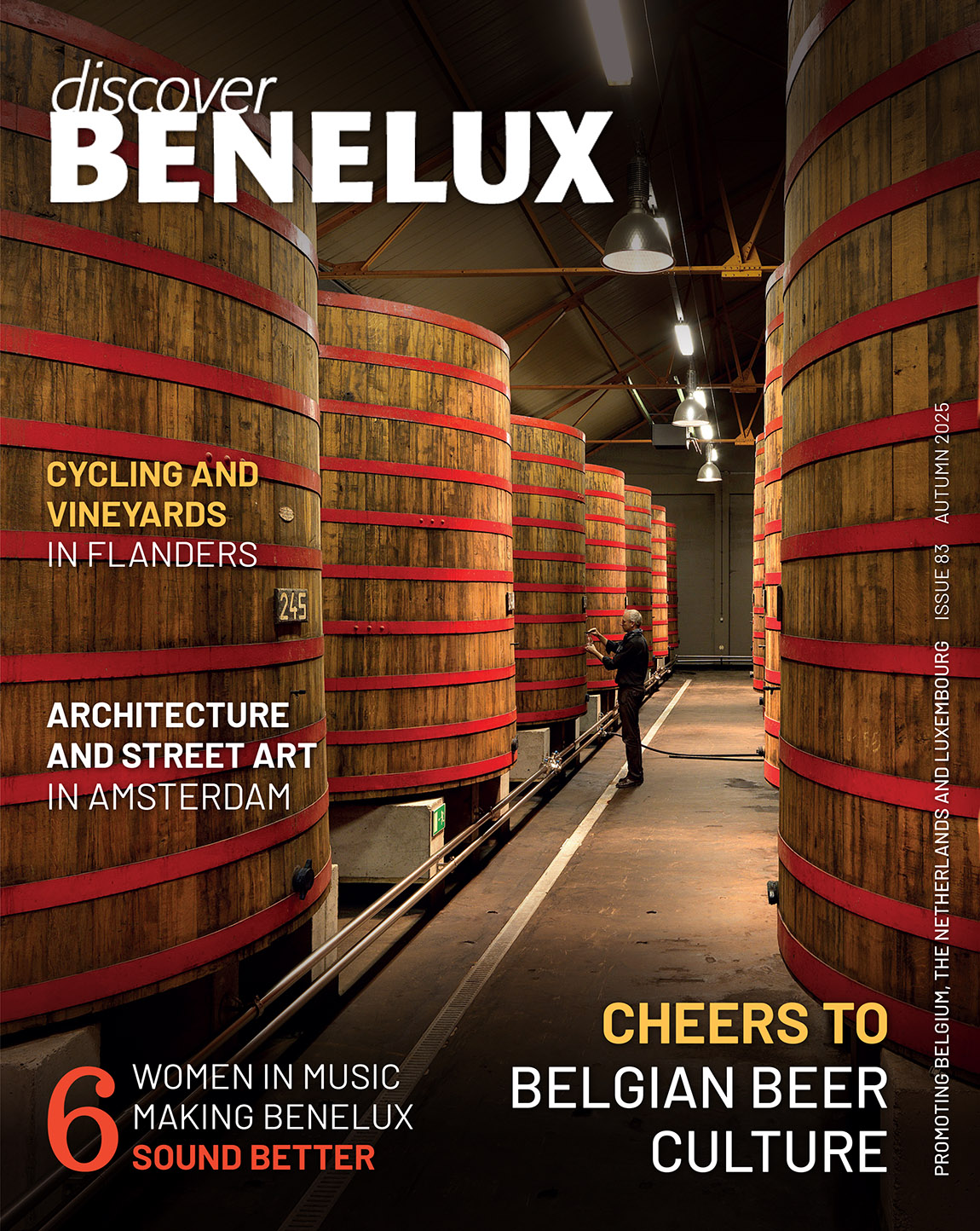Royal Delft: A history in blue
TEXT: CHARLOTTE VAN HEK | PHOTOS © ROYAL DELFT
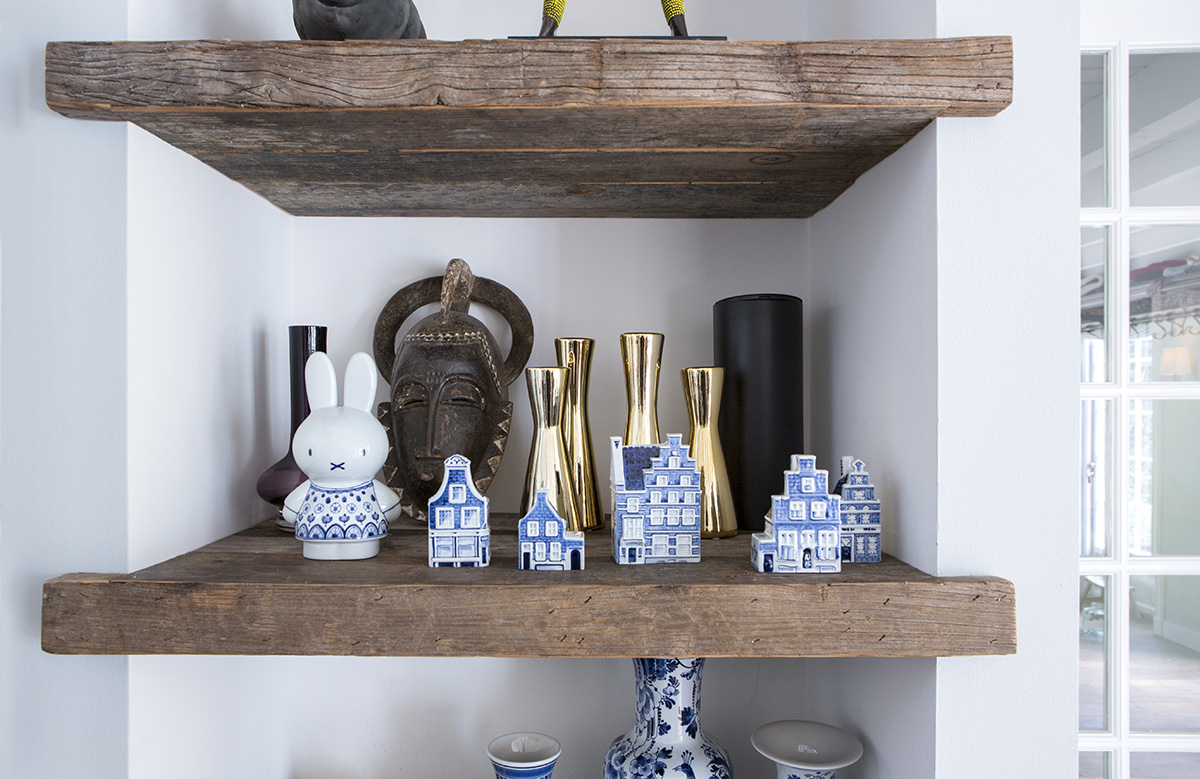
Small in size, grand in history: it could only be the typical Delft Blue earthenware. Royal Delft offers an extraordinary insight into this great piece of Dutch heritage.
The Royal Dutch Delftware Manufactory Royal Delft, established in 1653, is the only remaining Delftware factory from the 17th century. Here, the world-renowned Royal Delftware is still entirely hand painted according to centuries-old tradition.
“The fascination of the Dutch with earthenware started in the 17th century, when tradesmen with the Dutch East India Company brought back large quantities of Chinese porcelain,” explains Helen Taylor, PR and communications officer at Royal Delft. “This type of porcelain, which was decorated in blue on a white background, became massively popular among the Dutch.” After imports from China declined, the Dutch decided to take matters into their own hands by imitating the porcelain. Soon, many factories opened in the Netherlands. Though in the 19th century the industry seemed past its highpoint, at around 1840 Royal Delft was the last factory standing. It was in 1876 that Joost Thooft bought the factory and revived the Delft Blue industry. You can still find his initials on every piece that is hand-painted.
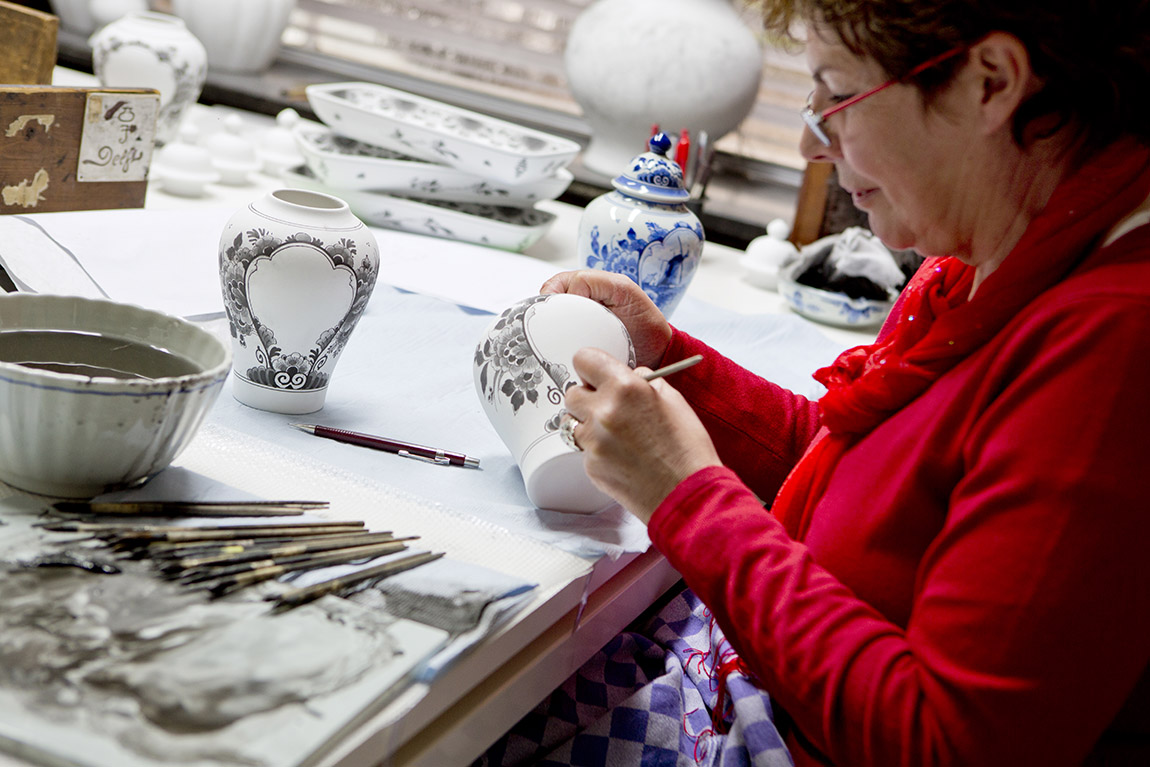
A visit to the Royal Delft Experience offers you a journey through the complete history and production process of Royal Delftware. During the Experience, feel the painters’ passion during a painting demonstration, wander through the factory where craftsmen are producing the products, or learn more about Delft icons such as Johannes Vermeer. Do not miss a glimpse into the chamber of the Royal Dutch Family, for whom a special collection of Delft Blue is created whenever a special occasion takes place.
Always wanted to give a mockup of your very own office to your business relations? Or a plate with a personalised text? Royal Delft offers an extensive collection of (business) gifts, from traditional plates, dishes to modern design objects. You can give almost every gift a personal touch through the addition of your own logo in the design.
The method of creating the famous porcelain at Royal Delft has not changed since the 17th century. “Making Delft Blue is a process that requires an enormous amount of technique and craftsmanship,” Taylor enthuses. Are your hands itching after seeing so much glorious craftsmanship? Fear not, popular at Royal Delft are the workshops where visitors can create their very own Blue Delft tile, plate, or vase – because everyone needs a bit of Delft Blue in their home.
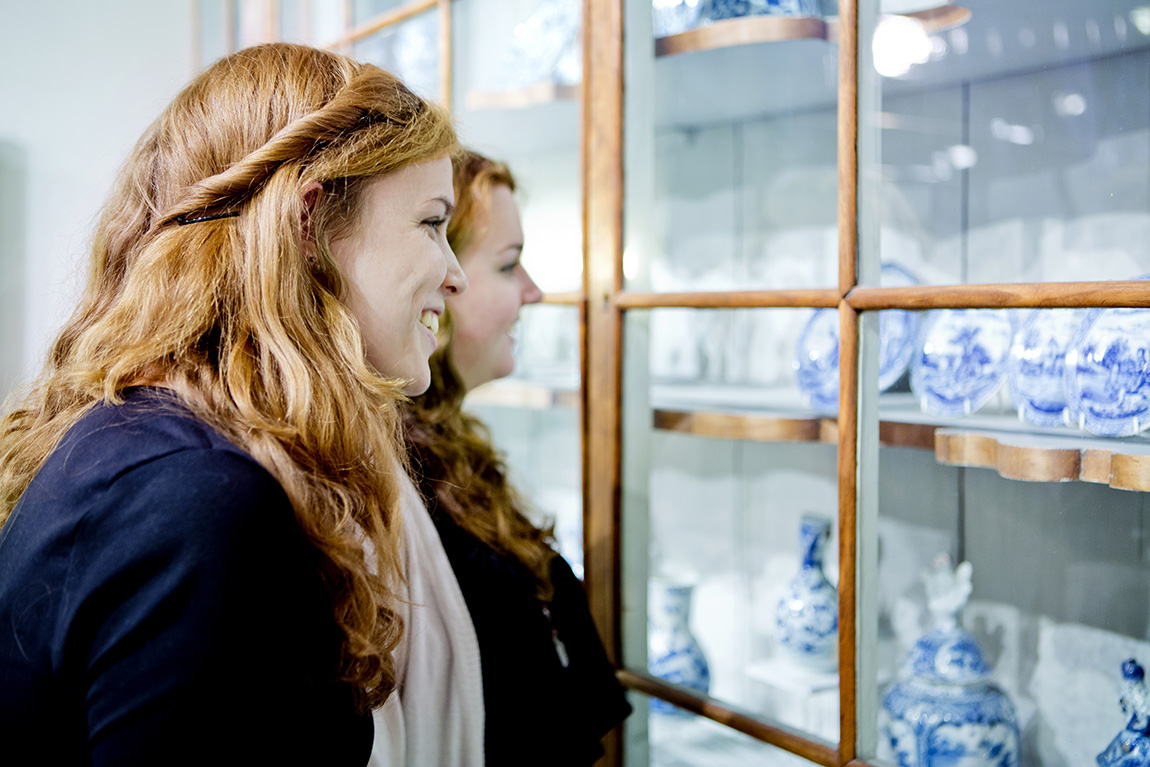
Web: royaldelft.com
Subscribe to Our Newsletter
Receive our monthly newsletter by email

